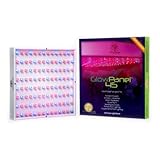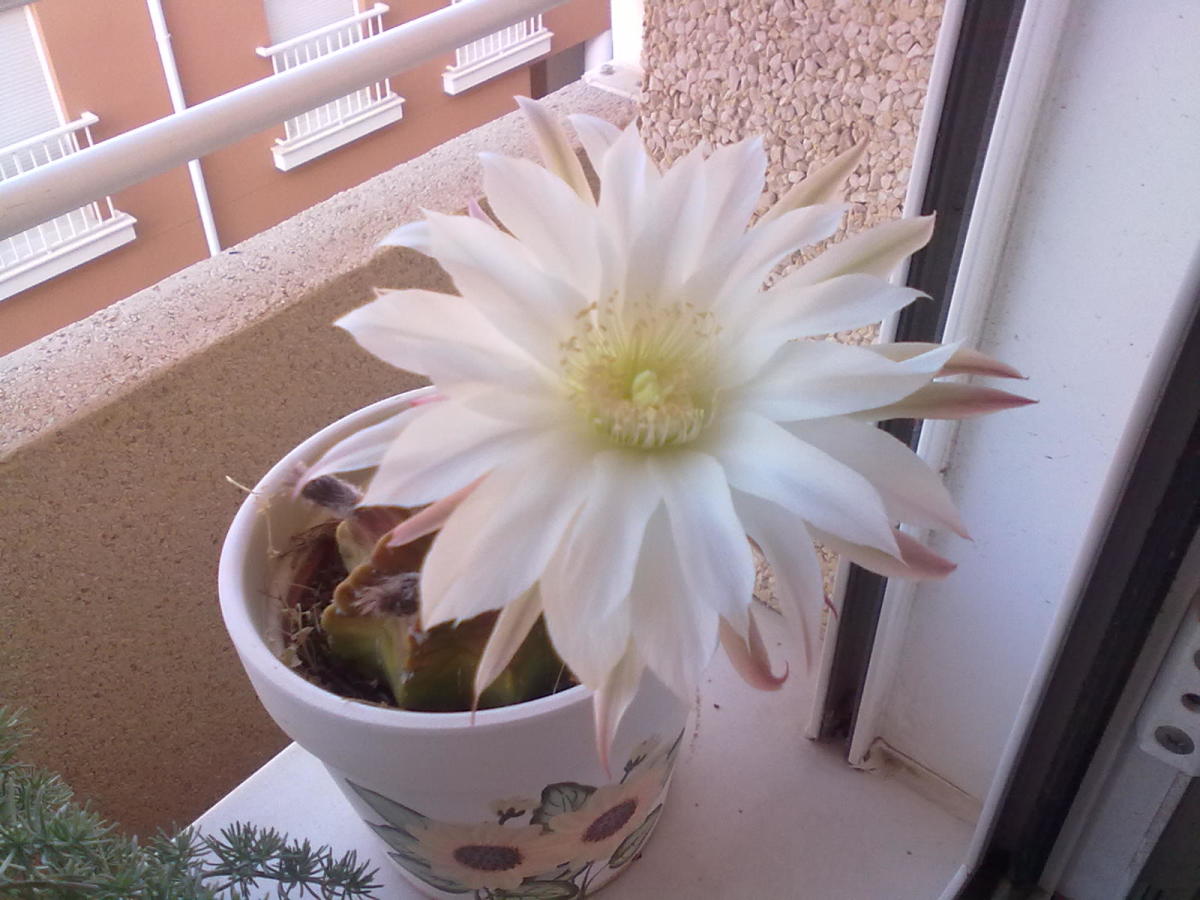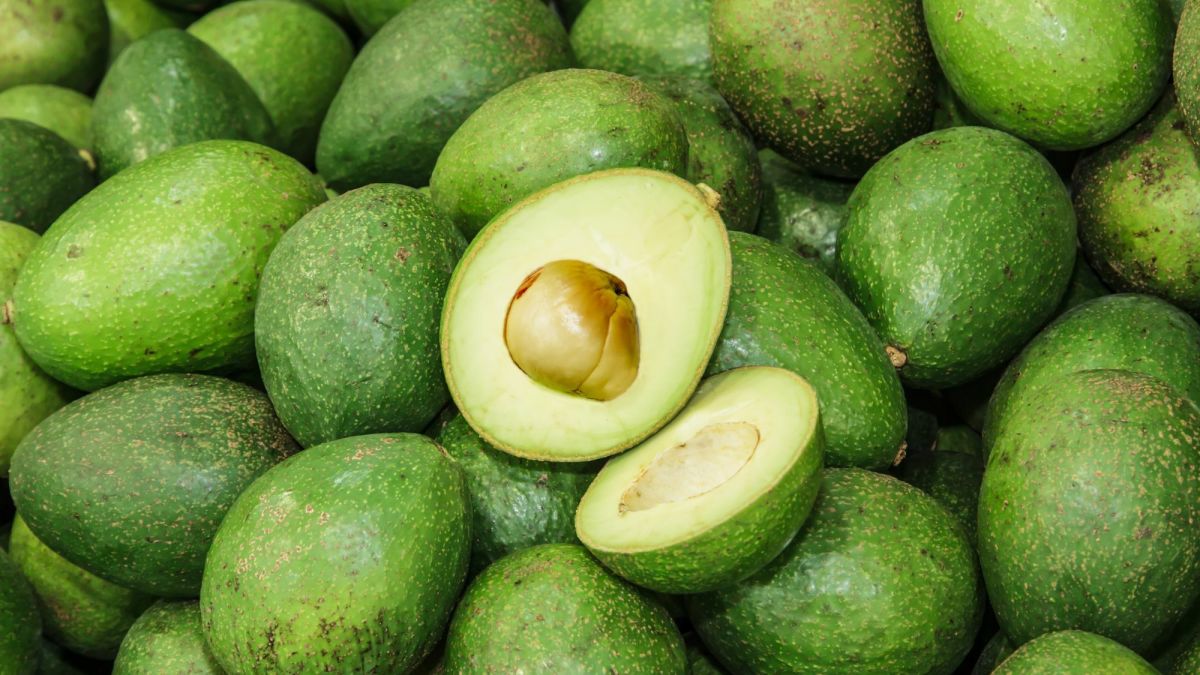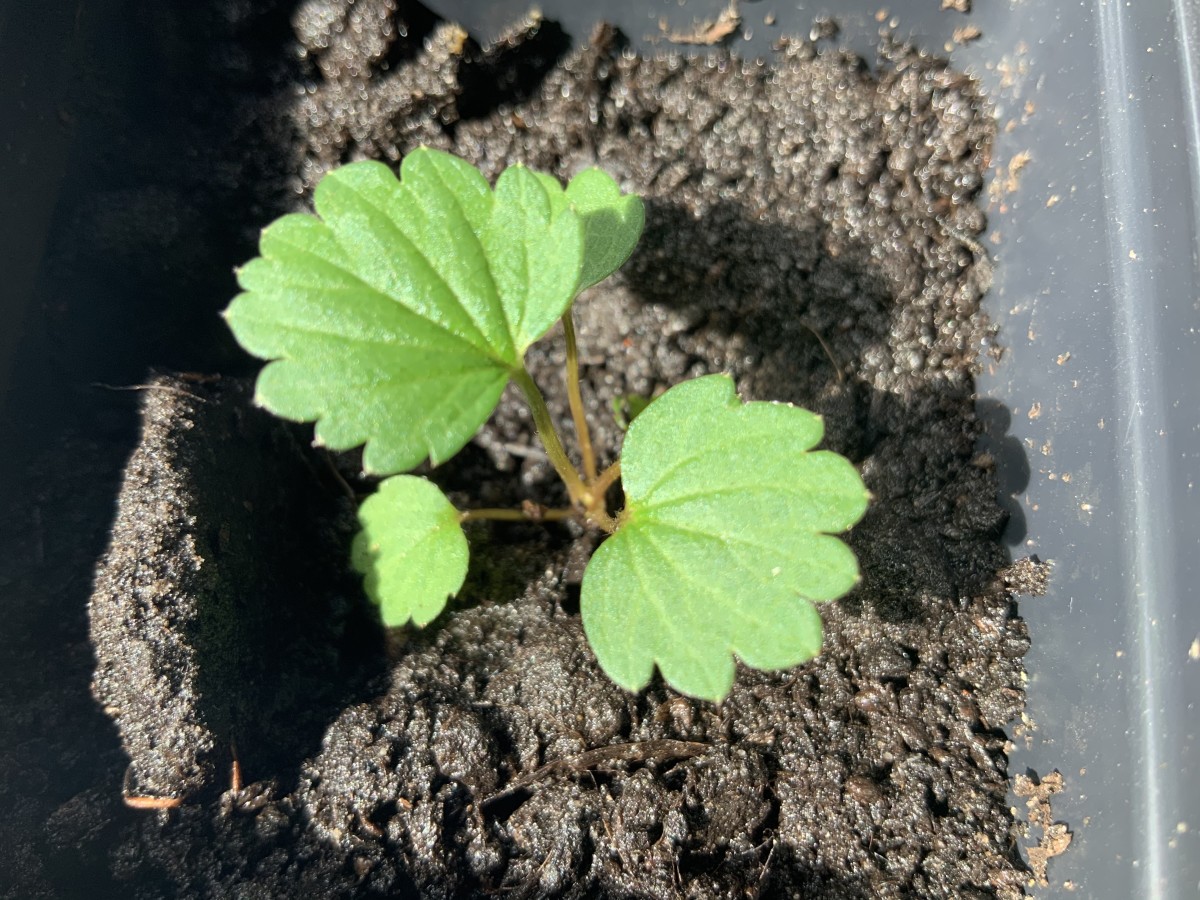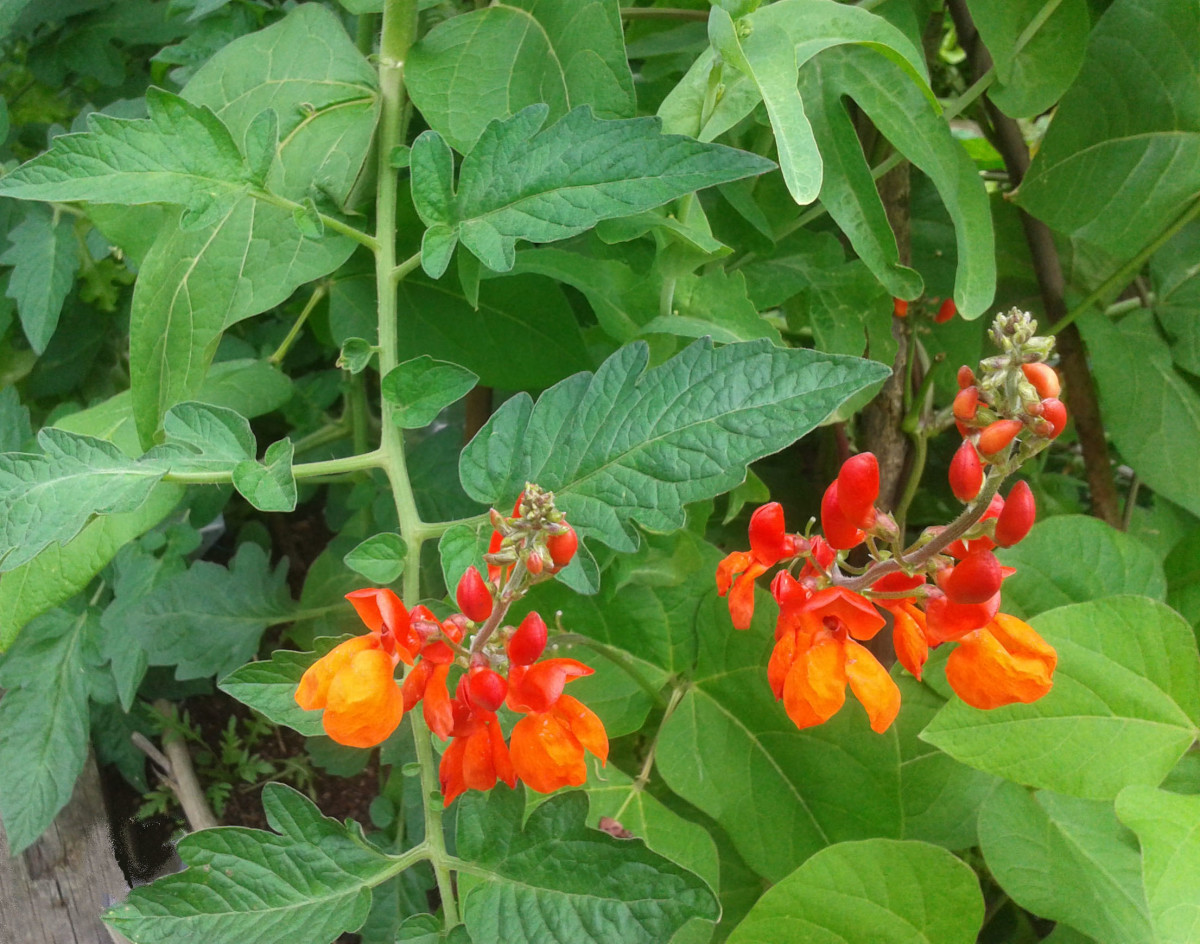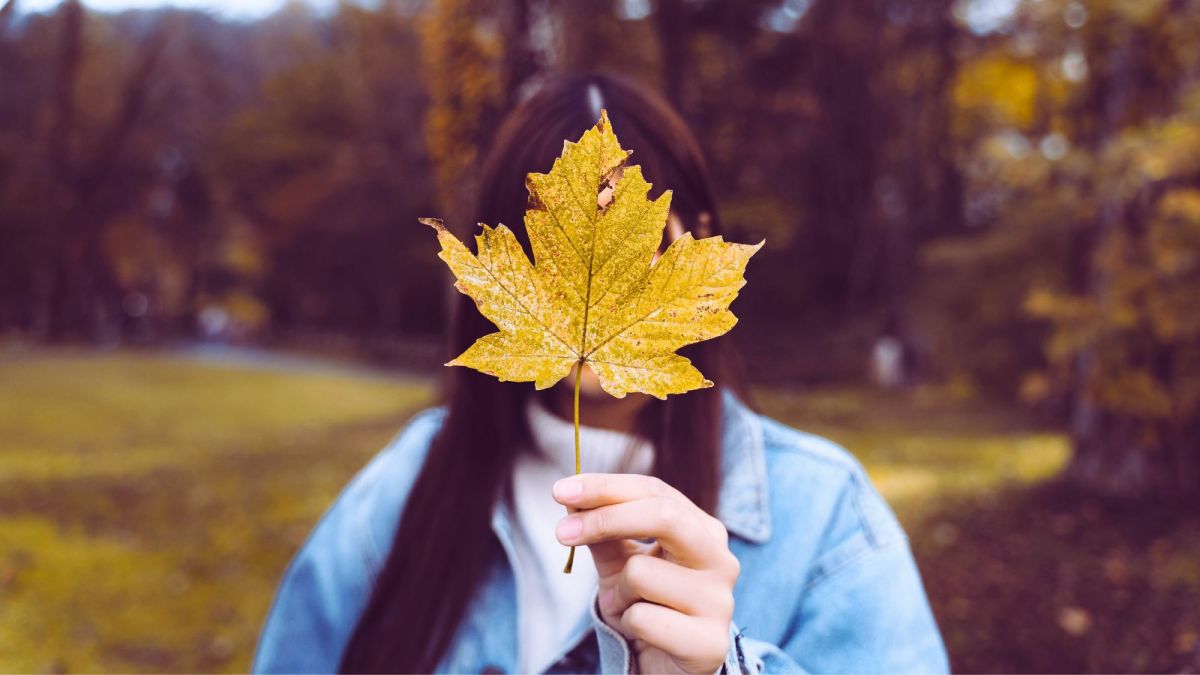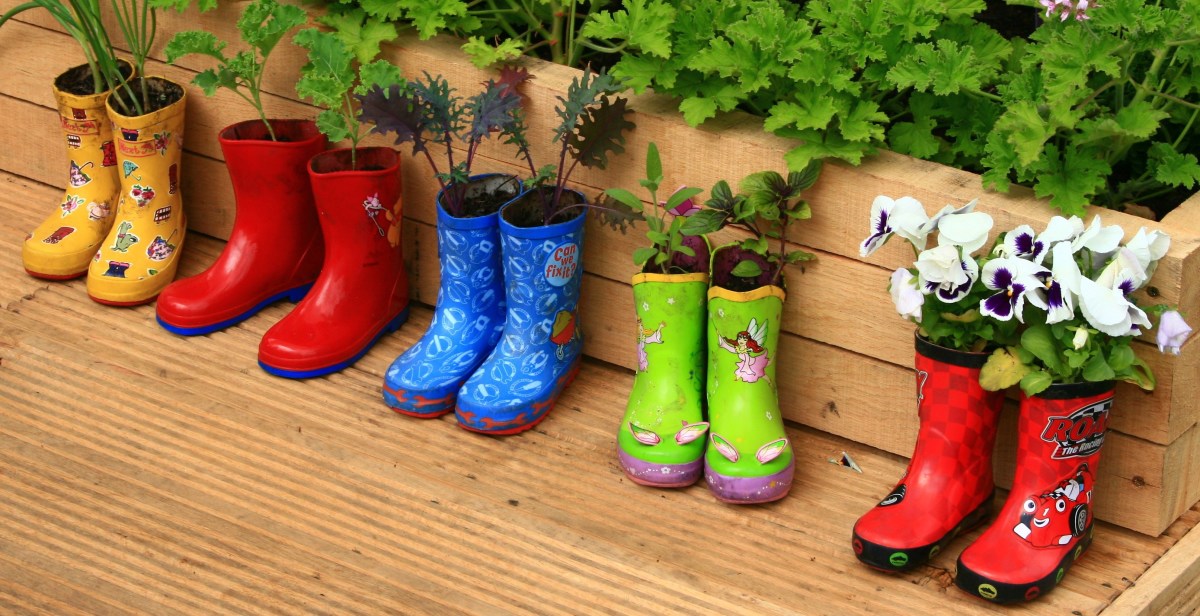Plant Growing Accessories - Getting Ready to Grow
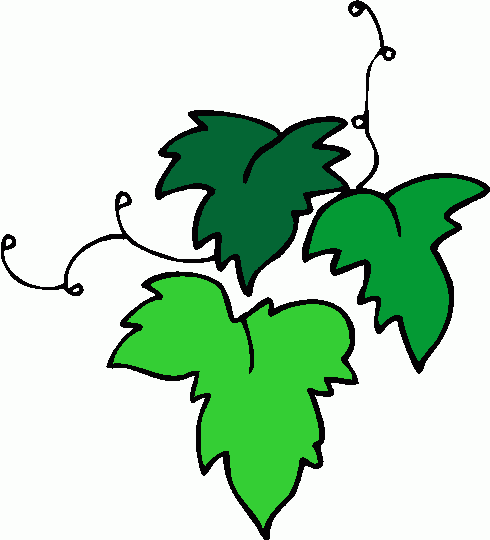
Getting Ready to Grow
Read below if you are considering buying plant growing accessories for your gardening needs in the coming year. Plant growing accessories are necessary - they includes flower pots, seeds trays, grow lights, compost, fertilisers, pesticides and anything else you can think of that might use to grow plants from seed for your garden.
There is nothing better for the keen gardener, or even the not-so-keen-gardener, to get busy at the start of the growing season with seed packets, compost, seed trays etc to get your summer garden off to a flying start.
Whether you are growing vegetables, herbs or flowers, you will need to buy some plant growing accessories in order to start them off. Even if you use old yoghurt cartons in which to plant your seeds (and trust me they work just as well for many seedlings) you are still going ot have to buy some compost. Garden soil is just not up to the job, containing bugs and soil pests that will ruin your baby seedlings before they get the chnace to build up a good root system.
Read below how seeds are grown so that you will have an idea of what to do.
Buy Plant Growing Accessories at Amazon
Plant Growing Accessories
Late December/early January, sometime after the winter solstice (on December 21), is an ideal time to start planting seeds for next year’s crop. What they need at this stage is warmth, and light after the seedlings sprout.
Plant your seeds on compost filled pots; even better if you have a heated propagator to pop them in. Or even a heated mat. Seedlings prefer bottom heat for successful germination. If you can’t provide this, just place them in a warm place. Remember to label your pots. Don't do what I do either and use an ink that washes off. By the time the plants are through it is easy to forget what you planted, unless you only planted one type of plant.
The general rule is to plant them to the depth of the seed, so larger seeds get planted deeper, and tiny seeds hardly need covered. Make sure to read the directions on the seed packet label.
Water in well and make sure they don’t dry out. When seedlings appear, move them to a light area and keep warm. A sunny window-sill is ideal.
Even better, place them under a grow light which will provide both light and heat, and will give them the best possible start in life, the grow light giving them the correct spectrum of sunlight they need for healthy growth.
When they are large enough to handle, gently transplant them by hand, holding by the leaf and NEVER by the stem, into a seed tray, spacing them out to allow them room to grow.
When they touch each other in the tray, they are big enough to go into individual pots or, if the weather is warm enough outside, straight into the ground.
Many of your annual or perennial flowers for the garden will appreciate being started off this way. Always read the instructions that come with your seed, because some annuals hate being transplanted and therefore are better off being planted straight into the ground.
Many plants designed for growing in plant pots or containers will benefit from staying under the grow light. All houseplants will love them too.
Grow lights have long been associated with cannabis growing, but they are ideally suited for many other plants and in a very short time you will be surprised at the difference in your plant after you place one under this light.
Shade loving plants will probably not appreciate it.
Modern grow lights use very little electricity and so are cheap to run as well as energy-efficient.
Plants know the seasons according the amount of daylight hours they receive. In spring, the days are getting longer, and in autumn they get shorter.
If you want to force a plant into flower out of its normal season, you have to alter the amount of light it receives, in some plants, this will mean giving it more hours of light per day, and in others, less light.
This cannot usually be done with normal house lighting as the spectrum is not wide enough, but grow lights can do this very successfully.
Forcing hyacinth bulbs into flower for Christmas is an example.


